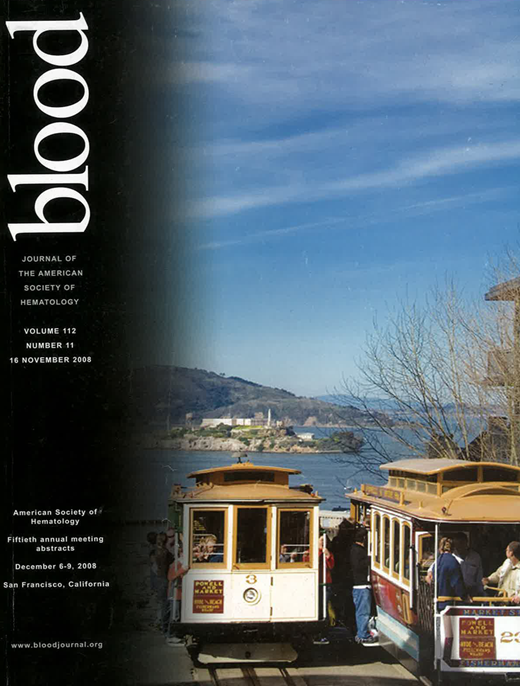Abstract
PRAME, or the Preferentially Expressed Antigen in Melanoma, is an attractive therapeutic target in cancer treatment. It has been described as a tumor-associated antigen and more recently as a co-repressor of retinoic acid signaling in the presence of all-trans retinoic acid (ATRA) in tumor cell lines. However, the function of PRAME in hematopoietic cells remains unclear. We and others have reported that while PRAME mRNA expression is absent or low in CD34+ hematopoietic progenitors, it is heterogeneously over-expressed in a number of hematologic malignancies including acute myeloid leukemia (AML) and chronic myeloid leukemia (CML). In our previously published microarray studies, PRAME was one of the most statistically significantly differentially expressed genes with CML progression from chronic phase (CP) to blast crisis (BC). In independent validation studies PRAME was expressed in all but on BC patient and was expressed at only very low levels in 50% of CP patients. We then hypothesized that PRAME expression in diagnostic CP CML patients may be a marker of more advanced disease, and may therefore predict poorer response to therapy. Thirty-nine patients with a good response to imatinib mesylate (IM) were compared to 17 patients who progressed or who achieved suboptimal cytogenetic or molecular responses on IM. There was a trend towards increased PRAME expression in the poor responders. The median PRAME expression was 86.3 copies in poor responders vs. no expression in the remaining patients. In order to examine PRAME function in primary hematopoietic cells PRAME was aberrantly expressed in normal CD34+ selected mobilized peripheral blood cells from healthy donors and silenced in primary CD34+ cells from a CML patient in myeloid blast crisis. Forced expression of PRAME in normal cells in three independent experiments resulted in impaired myeloid differentiation. PRAME cells demonstrated increased CD34, CD117, and decreased CD11b expression in culture over time. The ability of progenitors to form CFU-GM and CFU-G colonies was also significantly decreased in PRAME expressing cells. Myeloid differentiation was also inhibited in PRAME expressing cells exposed to ATRA. Correspondingly, when PRAME was silenced in primary CML CD34+ cells, proliferation was increased and PRAME silenced cells demonstrated increased CFU-G and CFU-GM formation both in the presence and absence of ATRA. Microarray data comparing gene expression profiles in PRAME expressing primary progenitors vs. control cells suggested that EZH2 may mediate PRAME effects. The polycomb group protein EZH2 has been described as mediating the repressive effects of PRAME on RARA signaling in the presence of ATRA in solid tumor cells lines. PRAME effects on myeloid differentiation in the presence of ATRA, however, are cell type and context dependent. PRAME function was also examined in CML and AML cell lines. PRAME is highly expressed in the CML cell line K562, which is capable of erythroid differentiation. PRAME is expressed at much lower levels in the AML cell line HL60. Cells from the HL60 cell line can be differentiated into neutrophils after exposure to ATRA. PRAME expressing HL60 cells, as compared to control cells, exhibited decreased CD11b expression after ATRA exposure. In comparison, differentiation of K562 cells was not affected by PRAME silencing. A K562 cell line which expresses an increased number of RARA receptors (equal to HL60 cells) was also examined, but PRAME silencing in these cells had no effect on differentiation. In conclusion, PRAME is expressed primarily in advanced phase CML and its expression at diagnosis in CP disease is associated with poorer treatment response to IM. PRAME expression in normal CD34+ progenitors inhibited myeloid differentiation at the promyelocyte/myelocyte level, and this phenotype was reversed when PRAME was silenced in CML progenitor cells. PRAME function, however, is dependent on lineage commitment. It blocks differentiation in a retinoic acid dependent manner only in cells with myeloid differentiation potential. These data suggest that increasing PRAME expression as patients progress from CP to myeloid BC plays a role in inhibiting myeloid differentiation, but that other genetic events, such as BCR-ABL, are needed to drive proliferation in these cells.
Disclosures: Radich:Novartis: Consultancy, Honoraria, Research Funding; Bristol Myers Squibb: Consultancy, Honoraria, Research Funding.
Author notes
Corresponding author

